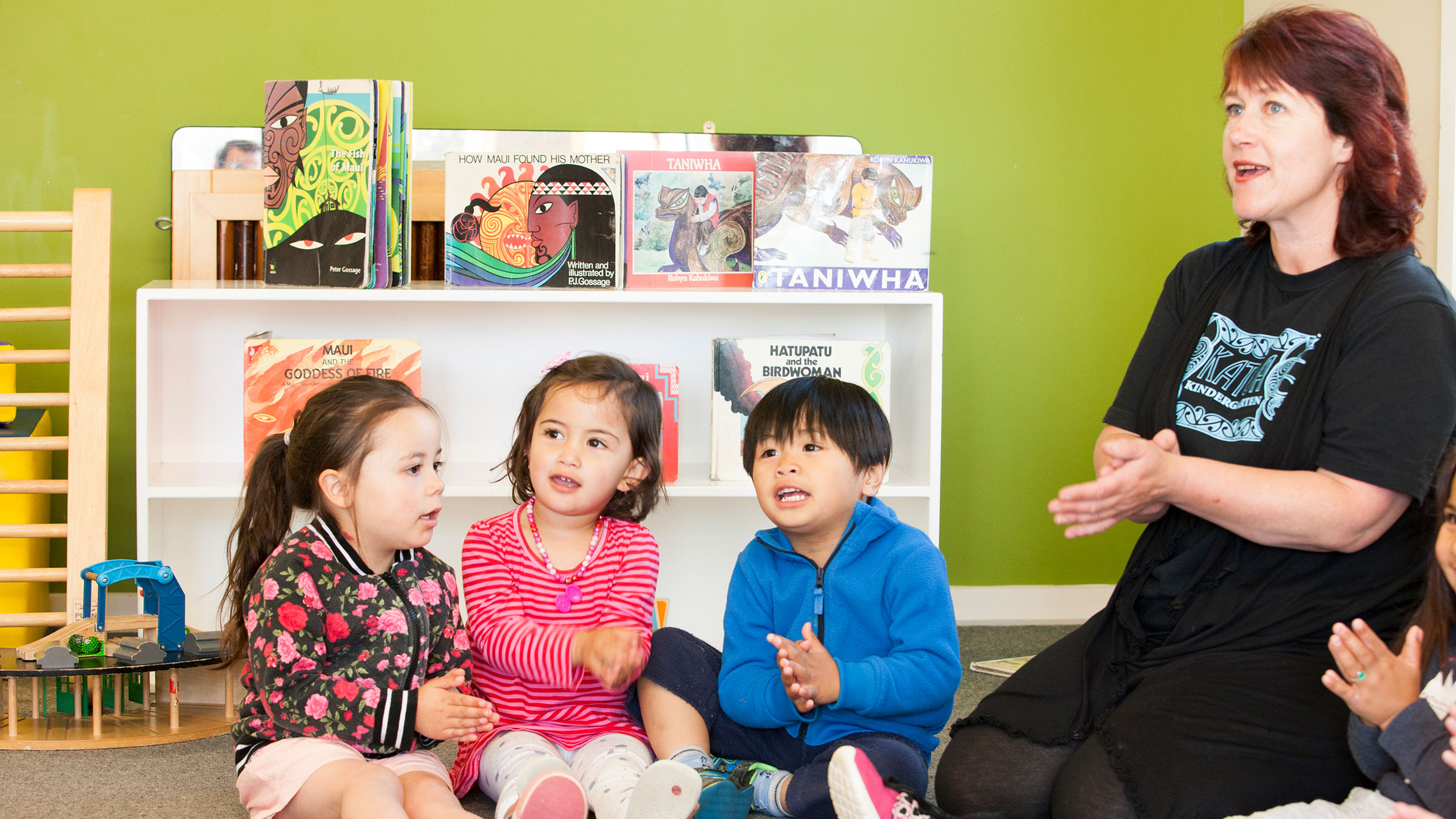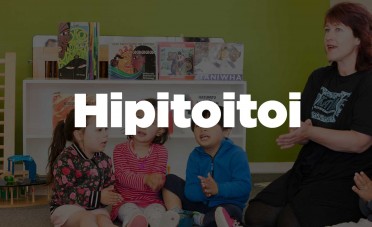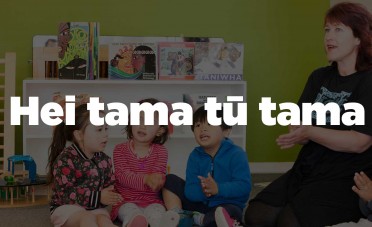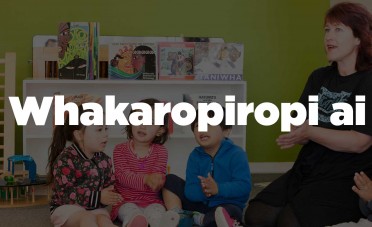Te tūhura tikanga Exploring tikanga
Learn about the tikanga of poi, whai, or tākaro ā-ringa in your region.
Exploring te ao kori — Activity collections
This resource is part of a series within the Exploring te ao kori activity collections called Tākaro ā-ringa | Hand games.

Intended outcomes
Ākonga access and use knowledge of tikanga to make and action appropriate choices when participating in poi, whai (string games), or tākaro ā-ringa (hand games).
Suggested approach
In groups of four or five, ākonga discuss what they know about the word tikanga. They develop their group definition for the word tikanga, then use local knowledge to develop a clear understanding of tikanga and how it is used to protect participants when undertaking a range of activities in te ao Māori.
Techniques, tikanga, and popular waiata for poi, whai, and tākaro ā-ringa vary between hapū and iwi. Acknowledging mana whenua and the tikanga for these activities in your area can begin with conversations and partnerships with ākonga and whānau who bring expertise to the classroom. If you have no Māori whānau, or hapū or iwi connections, within your school, seek introductions to Māori communities through Kāhui ako/ school networks, or talk to the strategic advisor Māori at your regional Ministry of Education office.
Each group chooses either poi, whai, or tākaro ā-ringa.
Using the understanding that they have developed around the term tikanga, ākonga research the tikanga that is appropriate for their activity.
Ākonga work in groups of four to five to make a presentation to the class that includes an example of a simple poi, whai, or tākaro ā-ringa and an explanation of the tikanga they incorporated in their chosen activity.


